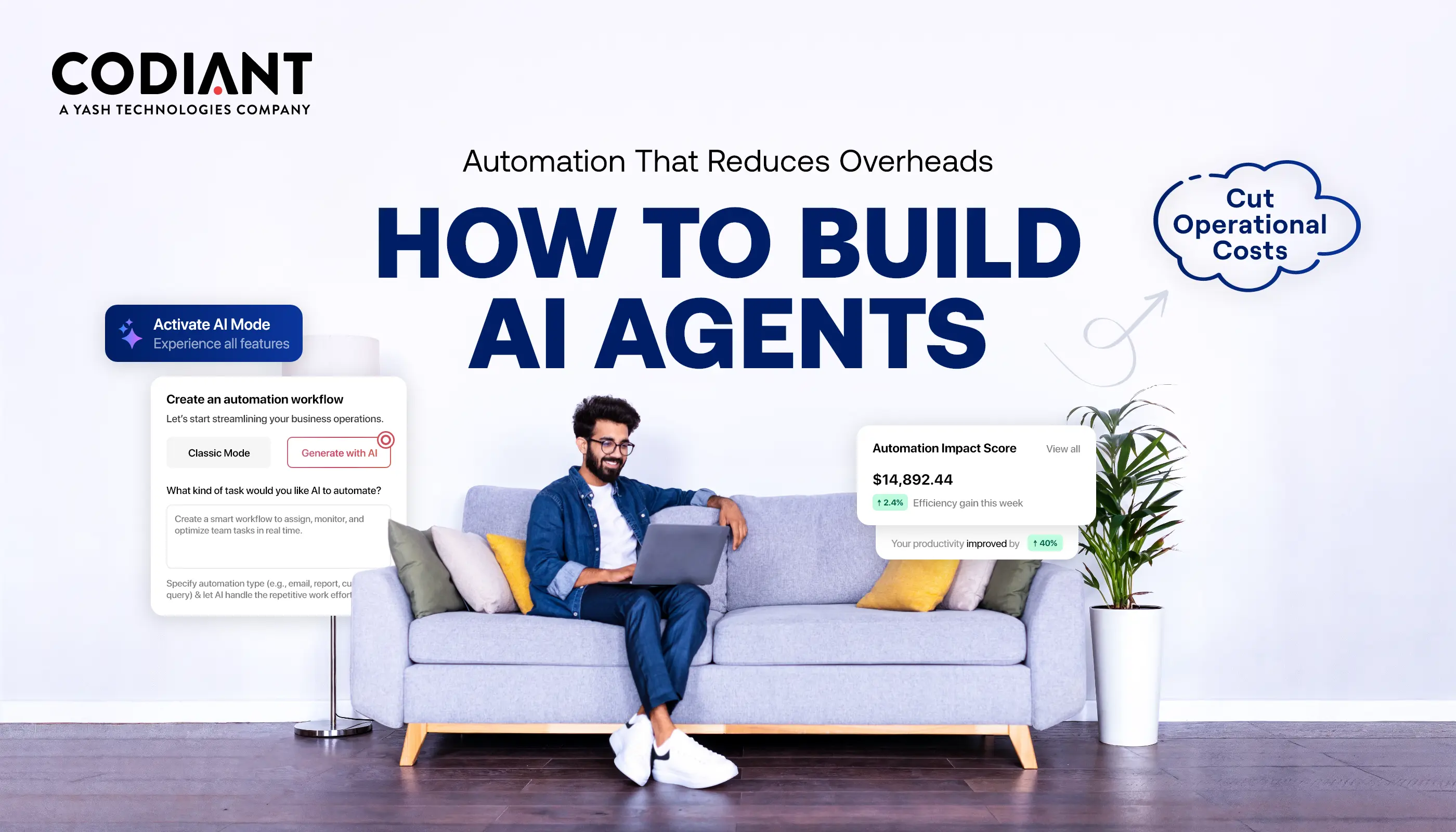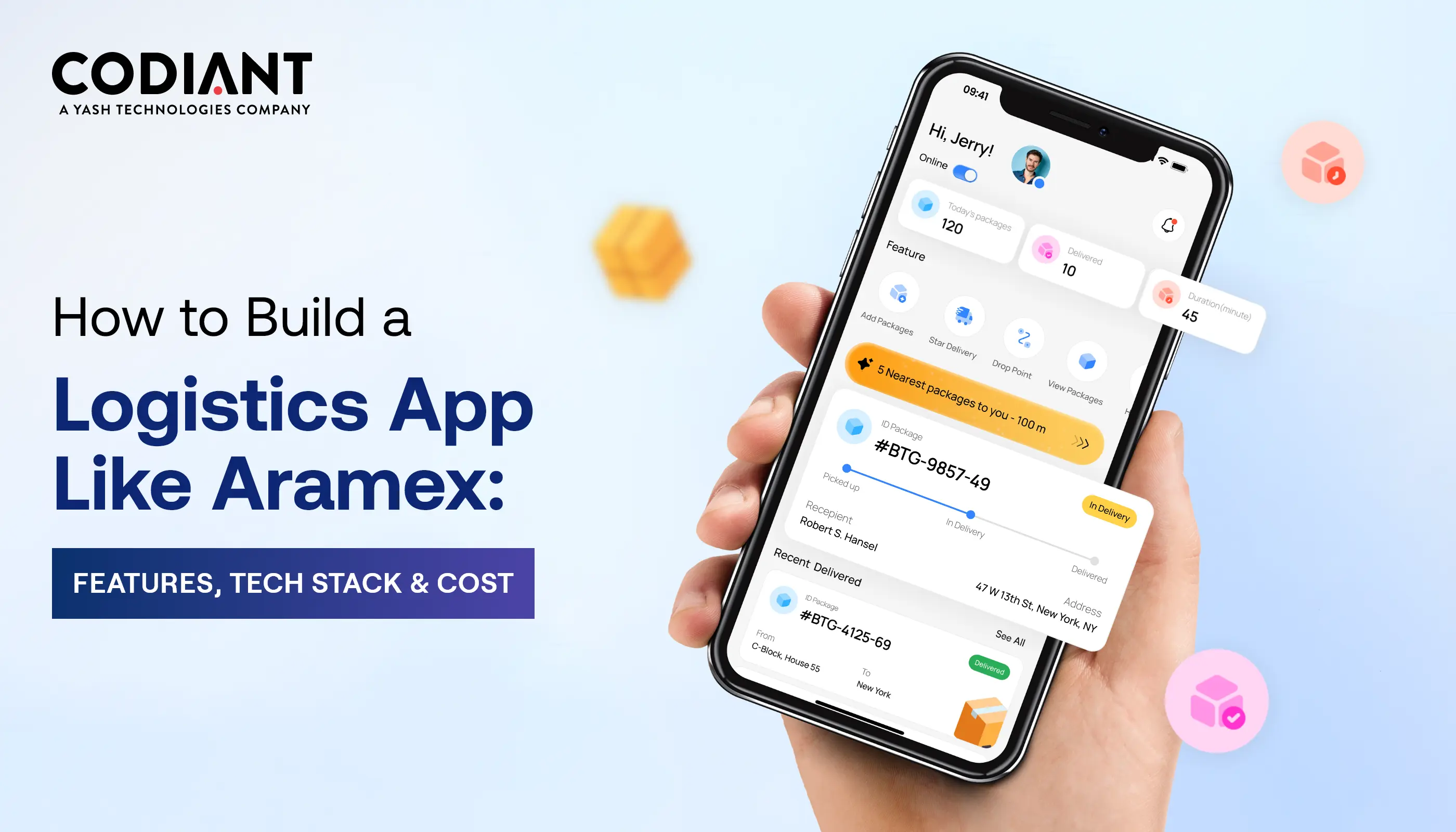How Much Does It Cost to Develop an iOS App?
Table of Contents
Subscribe To Our Newsletter

We can’t deny the slew of reasons iOS offers when developing a mobile app for a business. Choosing iOS as your platform of choice is certainly a smart move. And if you’re searching for experienced mobile app developers Chicago, you’re in a great position to work with teams that understand the local market and deliver high-performing apps tailored to business needs.
It’s not only the app developers and App store profiting from this boom. A larger and growing share of app revenue now comes from businesses offering in-app purchases, subscription models, and innovative services that drive user engagement and customer loyalty.
With its loyal user base and premium market appeal, iOS apps provide an excellent opportunity to connect with potential customers. However, as exciting as this decision may be, one of the most demanding questions is the cost of iOS app development and the factors that contribute to custom iOS app development pricing.
To give you a quick sneak peek, the cost to build an iOS app can range anywhere from $10,000 to $450,000 – when outsourcing mobile app development to a company in the USA. However, if you hire dedicated resources through Resource Augmentation model, the same services may cost between $5,000 to $200,000 in regions like India, where the cost of hiring dedicated iOS developers is significantly affordable than in the USA.
It’s a complicatedly uncomplex process to land down to actual costs. To make it simpler for you, we’ll break down the key factors that influence iOS app development costs (including some hidden expenses as well —because we believe in transparency!). So, let’s quickly hop on and chart out your budget at its best!
Top Factors on Which iOS App Development Cost Depends

1. Design and UI/UX
The app design affects the pricing of iOS app programming and the app success ratio in the market. An app with user-friendly interface attracts more users and increases engagement. The design cost will vary depending on the complexity of UI and UX.
-
Basic Design
Basic design of an iOS app includes simple UI elements and minimal customization, focusing on functionality over aesthetics. This level is ideal for MVPs or apps with straightforward features. The cost for this level can cost somewhere around $2,000 to $5,000 or more, making it a pocket-friendly choice for startups or small projects.
-
Custom Design
Custom designs give your app a unique look with personalized branding, animations, and graphics. iOS apps with custom designs typically cost between $5,000 and $15,000, or more. The rates can vary based on factors like custom illustrations, advanced animations, and the overall design complexity. It’s significant to ensure the design matches your brand’s needs.
2. Complexity
The most crucial factors on which the cost of developing an iOS app depends is its complexity! There are different types of app types like basic, moderate, and complex.
| App Type | Features |
| Simple Apps | – Basic features – Standard UI components – Simple backend with predefined templates and analytics |
| Mid-Level Apps | – API integrations – Custom UI – Real-time messaging – Moderately complex backend |
| Complex Apps | – Custom animations – Media processing – Real-time synchronization – Advanced backend with complex database relationships |
-
Basic Apps
Basic iOS apps have limited features and functionalities. These apps do not require complex coding or integrations. For example, you can visualize to-do lists, calculators, and news applications. The cost varies from $5,000 to $30,000.
-
Mid-Level Complexity Apps
These types of iOS apps usually come with features like user logins, push notifications, and connections to other systems or APIs. In addition to this, such tailored iOS app solutions also include extras like in-app purchases or media playback. On an average, a moderately complex app cost can range from $30,000 and $70,000.
-
High-Level Complexity Apps
These apps come with advanced features like real-time tracking, complex databases, and even AI or machine learning. With all the integrations and development involved, they can cost over $100,000—and for highly complex ones, the price can climb even higher.
3. Features and Functionalities
There are different features and functionalities you want to integrate into your app for Apple devices, having a considerable impact on the overall cost. The more advanced the features, the higher the development cost. Some of the features you may consider include:
-
User Authentication
Login/sign-up functionalities with social media integrations, allow users to easily access the app through their social media accounts, enhancing user convenience and engagement.
-
Geolocation
GPS-based features for location tracking enable users to access location-specific services, find nearby places, and improve overall user experience with real-time mapping.
-
Push Notifications
To send alerts or updates to users, keeping them informed about important events, promotions, or app activities, ensures ongoing engagement and communication.
-
Payment Gateway Integration
For e-commerce apps to process transactions securely, providing a smooth checkout experience with multiple payment methods, results in user convenience and safety.
-
Third-Party Integration
Integrating APIs and third-party services for functionalities like social media sharing, email, or cloud storage, enhances app capabilities and provides seamless user interactions.
4. Backend Development
Did you know front-end development is everything the user sees and interacts with in the app, such as buttons, images, and text? However, backend development is the behind-the-scenes technology that makes the app function rightly. This includes databases, servers, and processing data in real-time.
-
Basic Backend
For apps with fewer server-side requirements, the cost can range between $5,000 to $15,000. However, if you want an iOS app with a strong back-end infrastructure that can manage tasks including data storage or information synchronization in real-time, the overall iOS app development increases.
-
Complex Backend
The more complex functionality you have in your iOS app, it would require more expenses to build and maintain the back-end systems. For apps that need custom back-end infrastructure, data security features, and real-time processing, the backend development cost can surpass $30,000.
5. Platform and Device Compatibility
The platform you pick for your iOS app and the devices it supports can have a huge impact on the cost. Developing an app for iOS alone tends to be more reasonable than for both iOS and Android app development. As, you need to develop an iOS app on one Operating System only.
Working on Android and iOS platforms would likely cost you more! It is because you need extra coding structure or frameworks like React Native or Flutter.
If you plan to make your app compatible with such iPhones, iPads, or Apple Watch, you need additional development work. This might increase the iOS app development cost.
6. Development Team Location
The location of your development team can significantly affect the cost. Teams in different countries charge different hourly rates based on their local economy, skills, and demand. Developers in North America and Western Europe are more expensive, while rates are lower in regions like Eastern Europe and Asia.
A general comparison of iOS app development costs in different regions is mentioned below.

- Asia: In Asian countries such as India and China, the hourly rates are much lower, around $40–$80 for crafting iOS apps. A simple app may cost $10,000, while a moderately complex one can reach $50,000.
- Europe: In Eastern Europe countries including Ukraine and Poland, hourly rates are $50–$150, while Western Europe is a little bit costlier. Apple app development costs range from $30,000 to $100,000 according to complexity.
- North America: In North American region like USA and UK, developers charge approx. $100–$250 per hour. So, developing an iOS solution with a North American team can cost between $50,000 and $150,000 or more.
Read More: Benefits of Outsourcing Mobile App Development
Unseen Costs of iOS App Development
Hidden iOS app development costs can significantly impact the overall budget. Key factors include:
- App Store Subscriptions: Launching your app comes with unseen costs. This includes app store fees and the potential loss of full control over your app’s distribution.
- Data Storage Overheads: Storing vast amounts of user data, particularly in the cloud, can quickly escalate costs as your app scales.
- Mid-Project Changes: Making changes during development can surprise you with unexpected costs, often pushing the budget far beyond initial estimates.
- Testing Expenditures: Performing testing can ensure quality and performance, but it adds both time and financial stress to your end-to-end iOS app creation process.
- Marketing Spend: Getting your app noticed requires a solid marketing strategy, which can involve hefty expenses across various platforms.
- Third-Party Integration Dues: Integrating third-party services can boost your app’s functionality, but it often comes with hidden fees and long-term costs for continued access.
Final Thoughts
The cost to develop an iOS app depends on several factors such as app complexity, features, design, and the developer’s location. To manage costs wisely, it is essential to have a clear plan, choose the right team, and define a pricing structure for updates. Many businesses prefer to hire iOS app developer to ensure quality and efficiency throughout the development process.
Understanding these factors helps you set a realistic budget and expectations for your project. By working with talented app developers, using modern technologies, and planning each step carefully, you can benefit from cost-effective app development. Partnering with Codiant, a top web development company in Australia, ensures that your app not only aligns with your business objectives but also delivers an excellent user experience while staying within budget.
Frequently Asked Questions
Building an iOS app can cost anywhere from $5,000 to $200,000. Simple apps with basic features are on the lower end, while complex apps with advanced functionalities are more expensive. The price also depends on where your development team is located; developers in different regions charge different rates.
Creating an iOS app can take anywhere from 2 to 12 months or more, depending on its complexity. Simple apps might be ready in 2 to 4 months, while more complex ones could take 6 to 12 months or longer. This includes stages like planning, design, development, testing, and launch. It’s important to plan for possible delays, especially if your app has many features or needs special development.
Creating an iPhone app can be profitable if it addresses a specific need or offers valuable services. The App Store has a large user base, providing ample opportunities for successful apps. Revenue can come from in-app purchases, ads, subscriptions, or premium features. However, competition is high, so a strong market strategy is key to profitability.
To keep your iOS app development costs low, start by clearly defining what your app needs to do and avoid adding unnecessary features. Using pre-made templates or frameworks can speed up development and save money. Hiring developers from regions with lower rates can also help reduce costs. Focusing on the essential features first and planning future updates can help minimize initial expenses.
iOS apps provide a consistent and controlled user experience across Apple devices, ensuring smooth and reliable performance. The App Store attracts a wealthier user base, leading to higher revenue potential for developers. iOS also offers robust security features and a quicker app approval process. Additionally, developers benefit from standardized hardware, making it easier to maintain consistent design and performance.
Featured Blogs
Read our thoughts and insights on the latest tech and business trends
Learn How to Build AI Agents That Can Speed Up Your Work and Reduce Other Expenses
- November 10, 2025
- Artificial Intelligence
Businesses today are looking for faster ways to work and smarter tools that cut costs. That’s why AI agents are quickly becoming a key investment for companies of all sizes. These autonomous systems can perform... Read more
How to Build a Logistics and Transportation App Like Aramex?
- November 6, 2025
- Logistics & Transportation
In a Nutshell: A logistics app like Aramex helps businesses manage deliveries, track shipments, and serve customers better. Technology is now needed in logistics because customers want fast delivery and real-time tracking. A logistics app... Read more
How to Modernize Legacy Systems with AI – A Step-by-Step Guide
- October 31, 2025
- Artificial Intelligence
In a Nutshell: Legacy systems aren’t outdated - they’re underutilized. AI can modernize them without full replacement, saving time and cost. Modernization is a journey, not a rebuild. Start small with automation, data clean-up &... Read more




